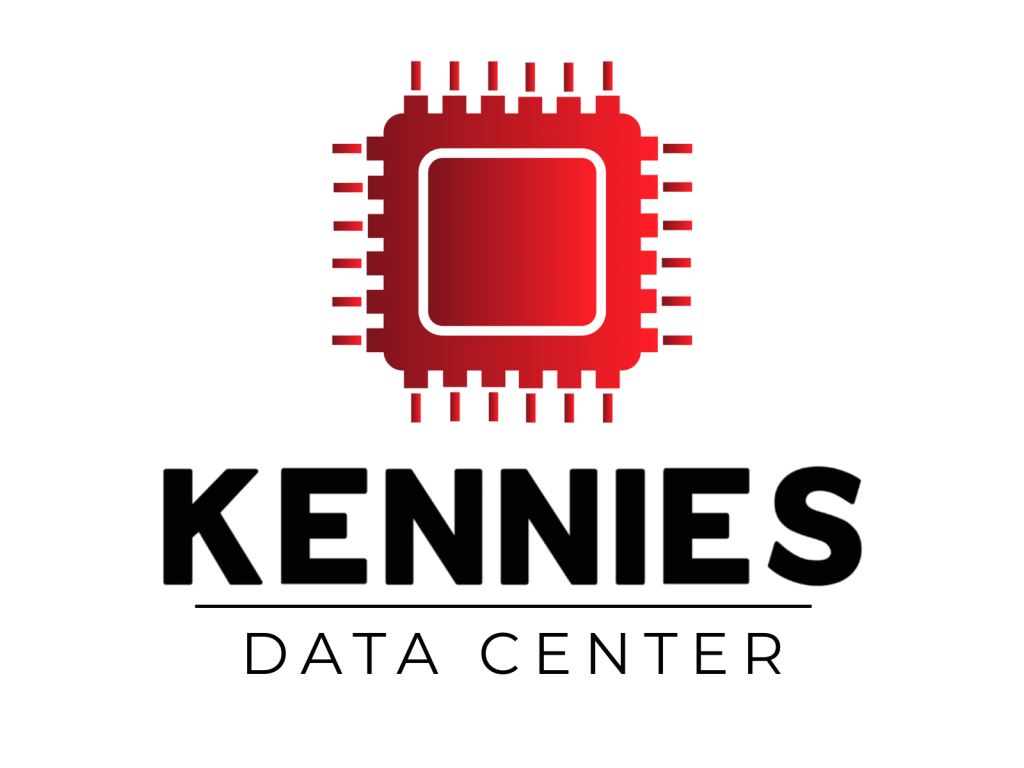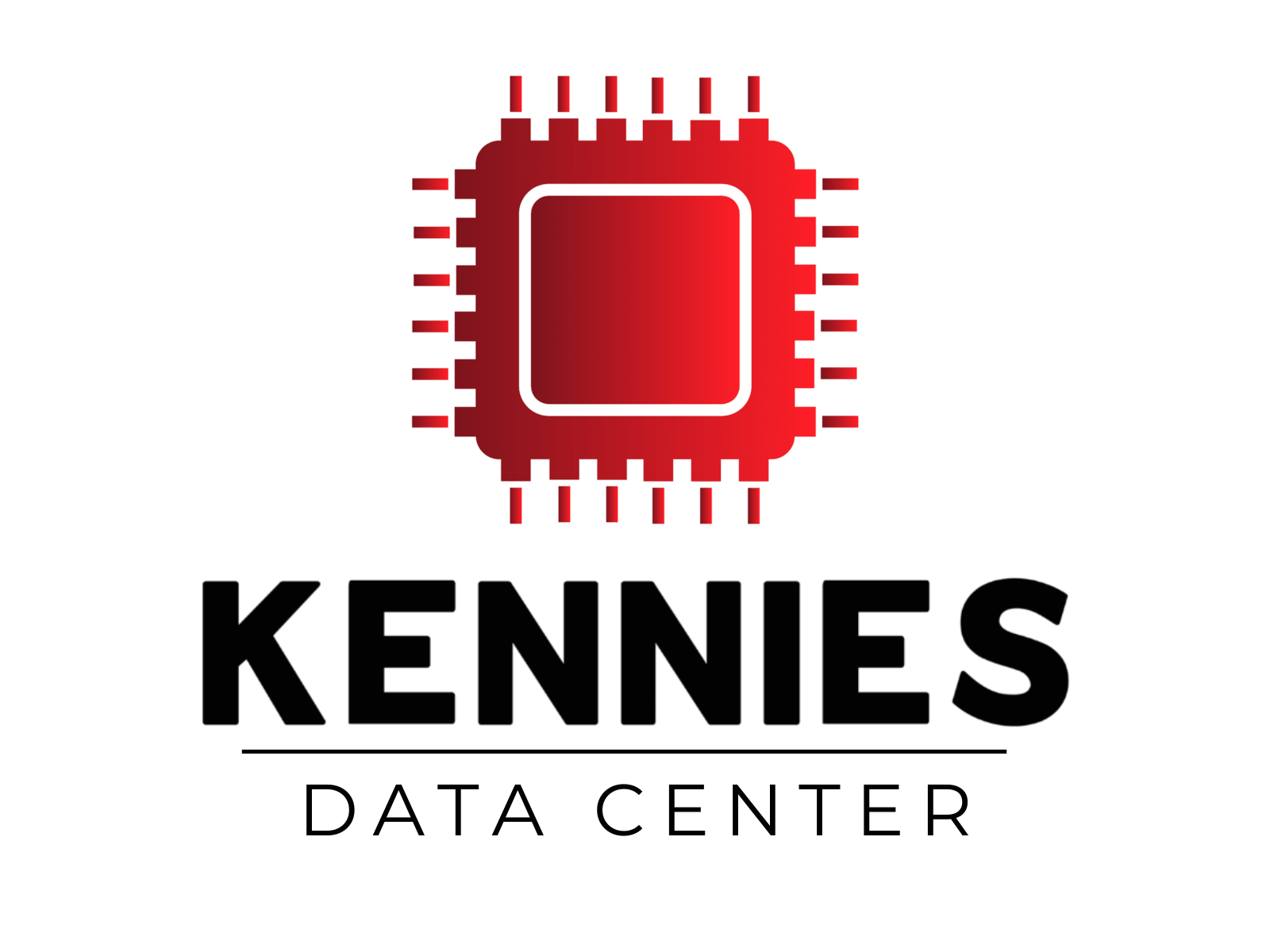What are the Different Layers of Cloud Architecture?

Facing challenges like storing data on any application, scalability, managing cost and delivering affordable options, easy migration, and more. To solve these challenges, Cloud computing has been invented that gives more benefits than a traditional computing service. To understand the concept of cloud architecture in computing, we have crafted this piece!
Understand Cloud Architecture
A Basic layout and infrastructure that connects and builds a whole network of cloud computing services. An ideal way of delivering cloud components connecting together such as software, hardwares, virtual networks are connected to deliver cloud computing environments. Many businesses are now taking advantage of cloud computing from scalability, increasing agility, increased storage capacity, saving large data on cloud without disturbing current application or website functionality. Cloud architecture shares how elements are integrated so that they can be used, share, scale, and expand resources over a network.
Components Of Cloud Architecture
Before building cloud computing result, architecture process has some major elements that we have listed down:
- Application: The backend program or application that the client uses to manage or satisfy their needs and requests from the front end. The core of cloud architecture is the service which manages every operation carried out by a cloud computing system. It controls the resources you have access to such as web apps storage and application development environments.
- Runtime cloud: Runtime cloud acts as an operating system that manages and carries out service tasks by providing the environment in which services are executed. Application server storage and networking services are all represented by hypervisors created by runtimes using virtualization technology.
- Storage: Data needed to run applications is kept in the back ends storage component. Although each provider offers different cloud storage options the majority of cloud service providers provide scalable adaptable storage solutions made to handle and store enormous volumes of data in the cloud.
- Solid-state drives, hard drives and persistent disks in server bays are examples of storage. The most well-known aspect of cloud architecture is most likely the infrastructure. Indeed you may have mistakenly believed that cloud architecture was the same as cloud infrastructure.
- Cloud infrastructure on the other hand includes all of the main hardware elements that support cloud services such as the CPU GPU network devices and other hardware elements required for systems to function properly. All of the software required to run and oversee everything is also referred to as infrastructure.
What Are Layers Of Cloud Architecture?
A process that is refined for migrating data and business infrastructure over combination of multiple virtual servers and managing every element such as data storage and functioning, cloud computing carried out by deep architectures. As far as the usage is concerned, there are different layers of cloud architecture from user to development to deployment which we will discuss below:
Layer I (User Layer)
- In terms of cloud architecture it is the highest layer. End users are the lead actors in user layer of cloud architecture. Thick clients, thin clients or mobile devices that can access the web application are examples of the clients.
- In this context a user is a computer with sufficient processing power and the ability to operate independently.
- Thin clients on the other hand have limited processing power and rely on another device to function fully.
- The client and user start the process of connecting to the cloud at layer 1.
- Web applications and cloud applications can be accessed similarly.
- The internet or other computer networks are necessary to access both kinds of applications. However web applications and cloud applications have different internal properties.
- Therefore layer 1 is necessary to link the client or user to the cloud.
Layer II (Network Layer)
- Users are connected to the cloud by Layer 2 also known as the network layer.
- The cloud would not function without a network layer since its entire infrastructure is dependent on the connection from which it provides its services to users.
- In order to connect to the public cloud we use the Internet.
- In order to access the private cloud a local area network (LAN) connection is established.
- The minimum bandwidth needed for each type of connection is determined by the cloud providers.
Layer III (Cloud Management Layer)
- The cloud services are managed by this layer.
- It comprises the software that controls how the cloud operates.
- This layer may employ the following software. System for Cloud Computing (OS).
- The interface that software creates between the cloud and its users is its responsibility.
- The cloud management layer software is in charge of the following. Resource management includes provisioning resources, scheduling cloud services and more.
- SLA closely monitors the network layer in internal cloud governance. Operations at this layer will therefore have an impact on the SLA-decided agreement between cloud providers and users.
Layer IV (Data Center Layer)
- It specifies how hardware resources should be provided.
- Layer 4 of a private cloud is constructed using a vast array of hardware resources and Layer 4 of a public cloud is the enormous data centre. These interconnected resources could be found in a high-configuration system or a specific location.
- SLAs or service layer agreements cover the hardware resource layer.
- SLAs are even governed by the layer. The user must be able to access cloud services as fast as possible as was previously mentioned.
- The provider may be required to pay the penalty if any decency occurs in the hardware resource provisioning.
- For the data centre to send information to management a very effective algorithm is required. Innumerable clouds may share a single data centre and a single cloud may contain multiple data centres.
- Thus cloud architecture can be described in tiers. All cloud architectures need to adhere to this layering.
How Does Cloud Architecture Work?
The best way to think of a cloud is by looking at its different layers though there are many ways to describe cloud architecture. One concept does not encompass the entire cloud architecture. Nearly all of the resources and services are housed on the server side or back end where the cloud provider develops and manages its in-house technological infrastructure just like in traditional client-server computing.
Accessing and interacting with the cloud providers back end is done through the front end also known as the client side user interface. A common middleware used by cloud providers is one or more application programming interfaces. APIs create a safe and standardized way to communicate.
Division Of Cloud Architecture Types
Four basic categories of cloud computing architecture can be distinguished each with unique features designed to satisfy various technical and business needs. architecture for public clouds. Cloud computing resources that are owned and run by outside service providers and made available online form the foundation of this kind of architecture.
Hybrid Cloud
- Public and private clouds are combined in hybrid clouds which are connected by technology that permits data and apps to be shared between them.
- A hybrid cloud gives companies more options for deployment and more flexibility by combining the two models.
- For increased efficiency and agility it makes it possible for data and apps to flow between private and public clouds.
Multi-Cloud Architecture
- This architecture uses a variety of cloud services from various providers including hybrid, private and public clouds.
- By avoiding vendor lock-in multi-cloud strategies can enhance cloud disaster recovery and redundancy.
- Based on particular technical needs, financial constraints or the requirement for specialized functionality organizations can select cloud service providers.
Public Cloud
- Usually on a pay-per-use basis a public cloud provides infrastructure and services that are accessible to numerous users.
- Because of their elasticity and scalability users can readily access more resources as their needs change.
- With low maintenance needs and lower operating costs that can be adjusted to meet your changing business needs, public clouds provide an easy way to scale your digital operations.
Private Cloud
- A private cloud is made available to one organization only.
- It may exist on or off-site and be owned, run and managed by the company, a third party or a combination of these.
- Although private clouds give you more control and security they can also be more complicated to set up and manage cost more.
- Because of dedicated resources and require more staff or in-house knowledge to maintain the private infrastructure.


